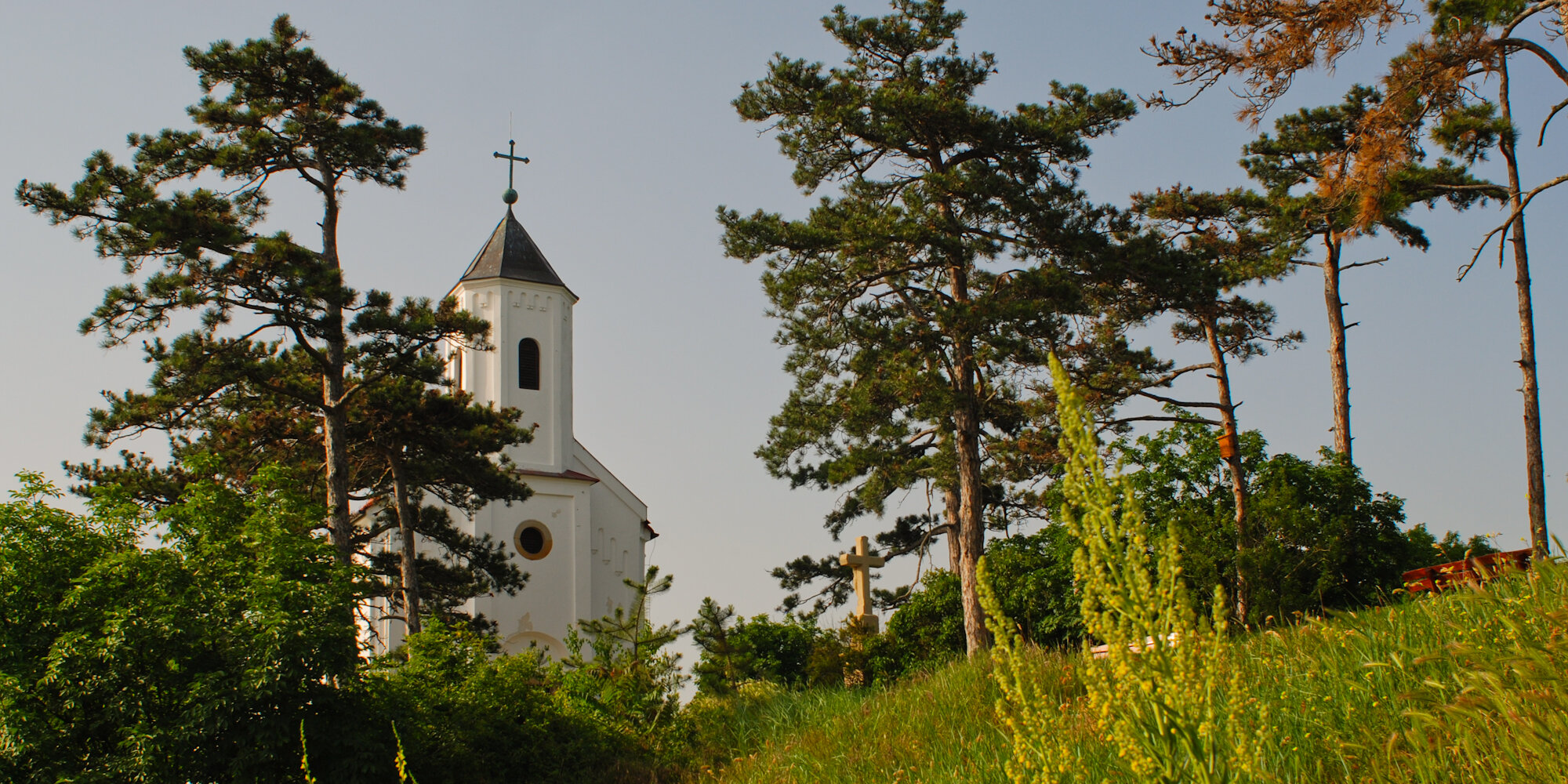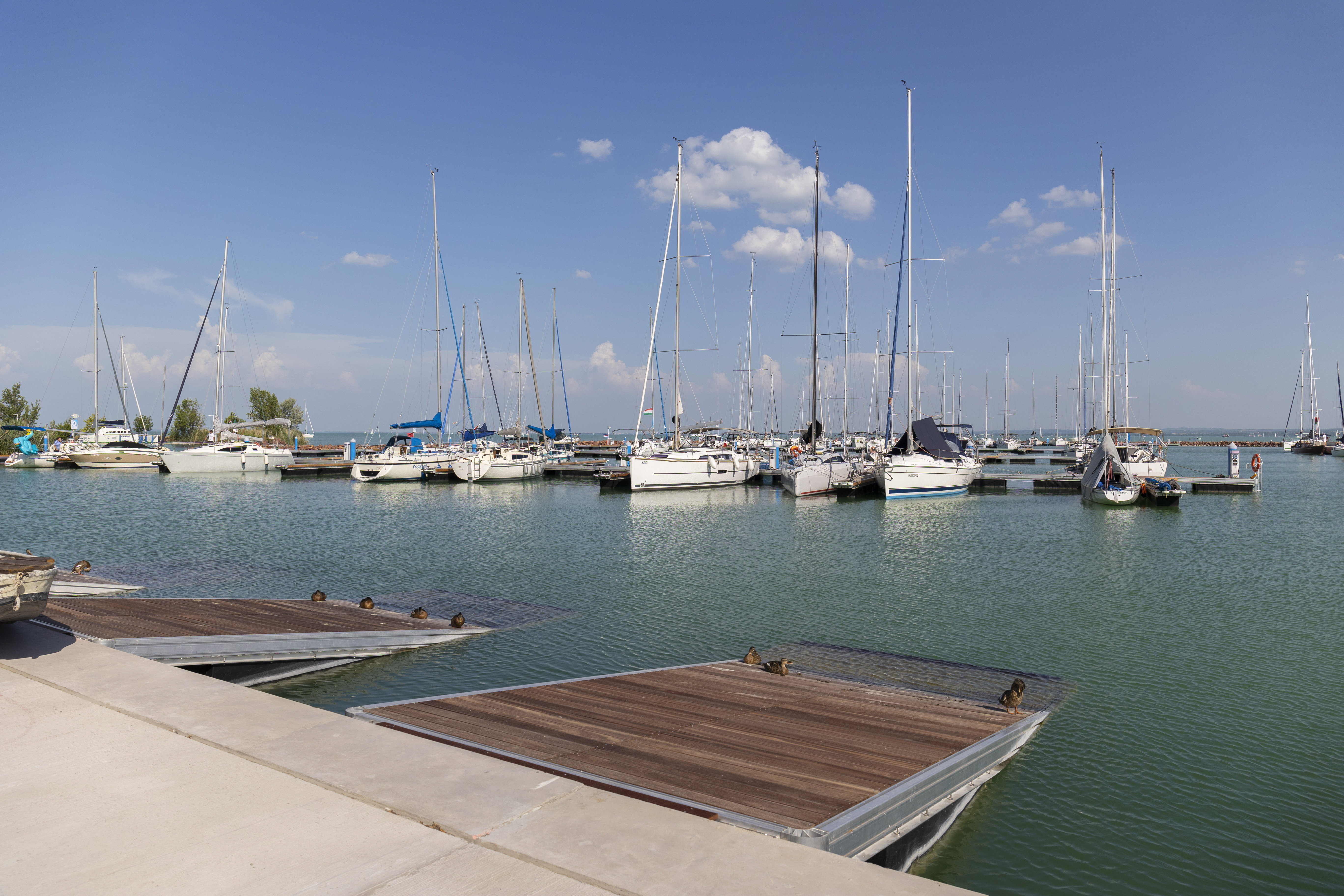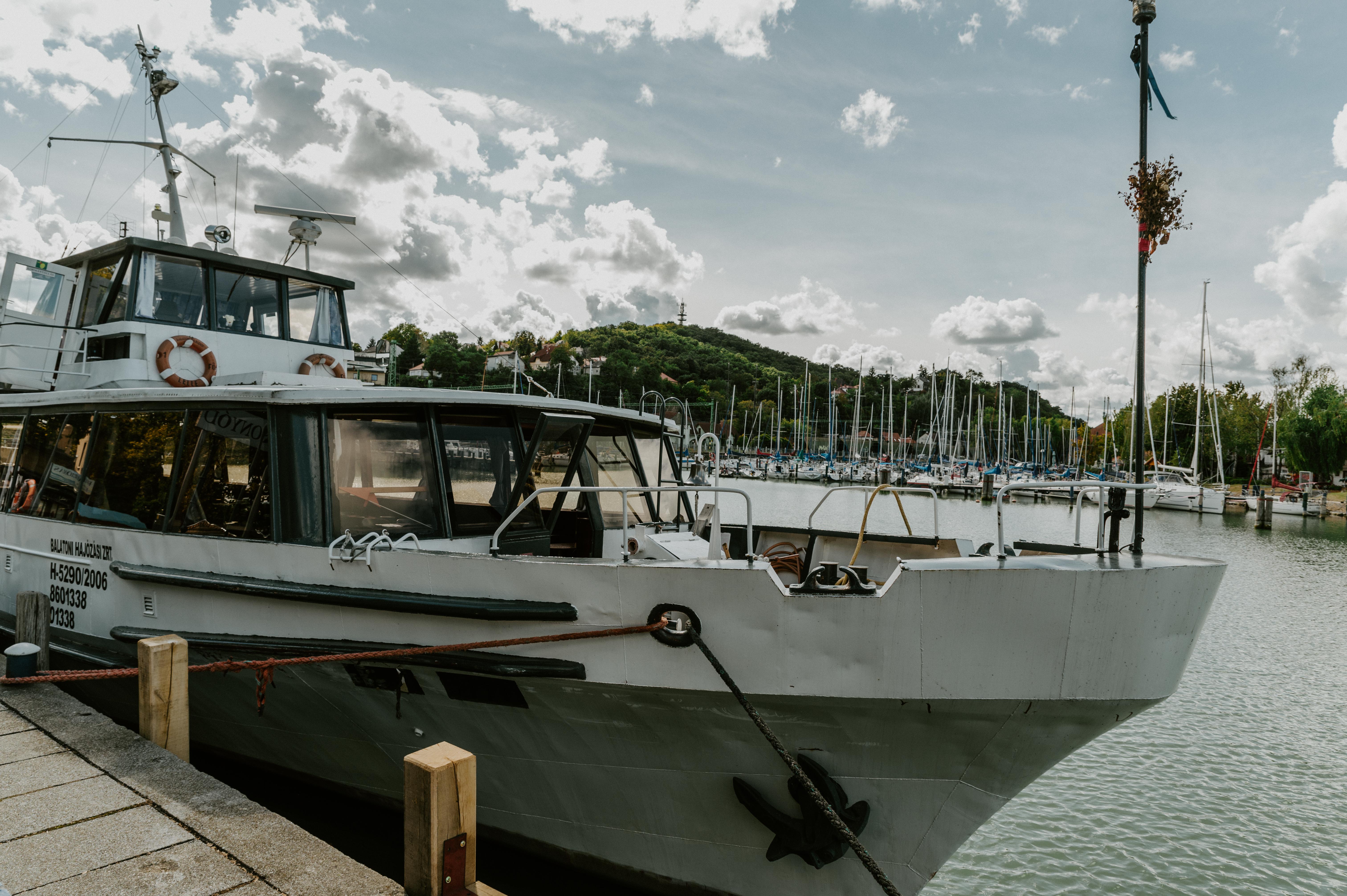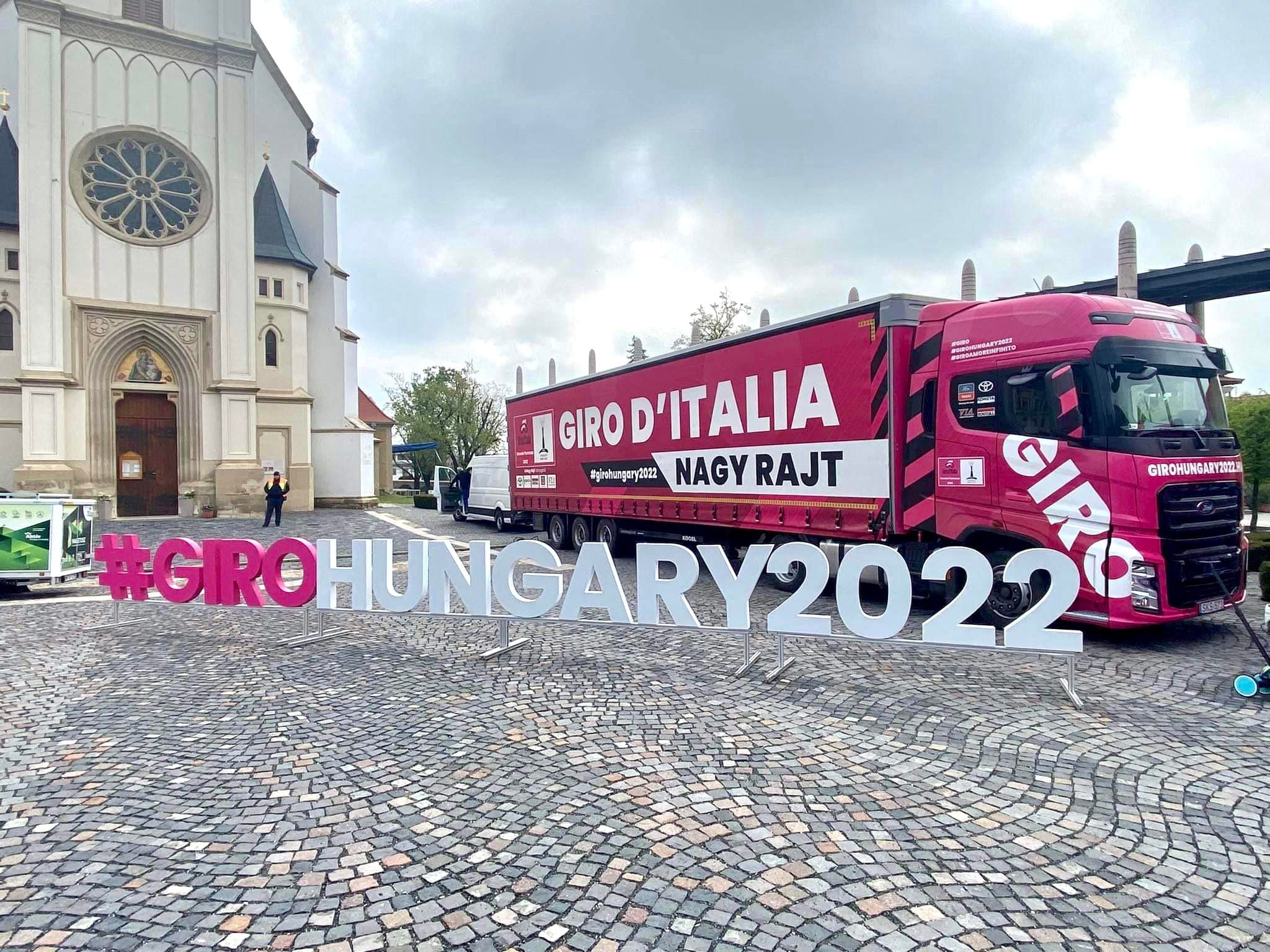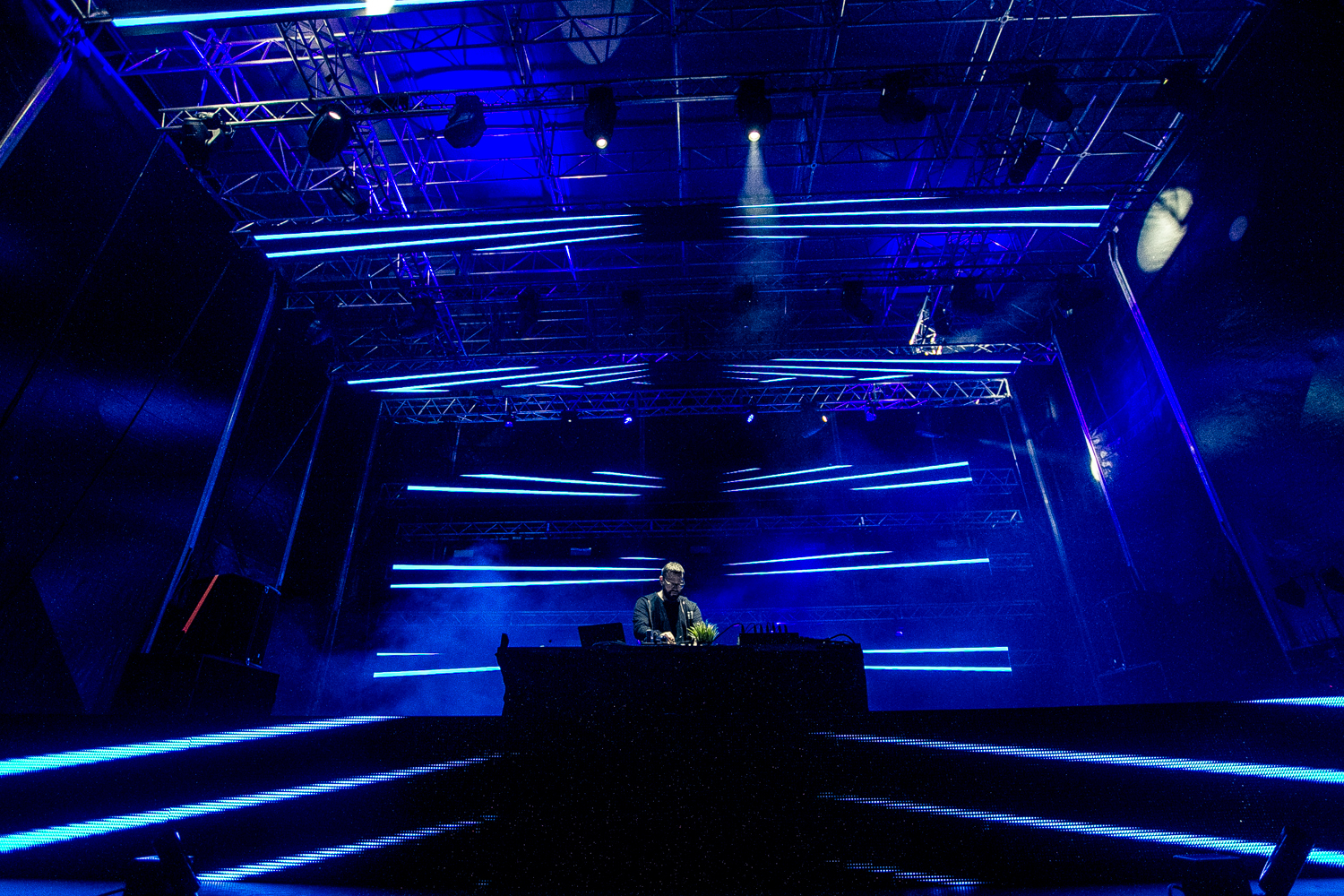You can approach the Szent Mihály Chapel of Vonyarcvashegy, the only fishermen's chapel of Hungaryon foot, by bike or car easily, even from the direction of the Lake. The 136-metre-high dolomite Szent Mihály-domb, which was created by seismic movements, is visible from afar; you can catch sight of this hill speckled with pine trees and wooden sculptures even from the Keszthelyi-öböl.
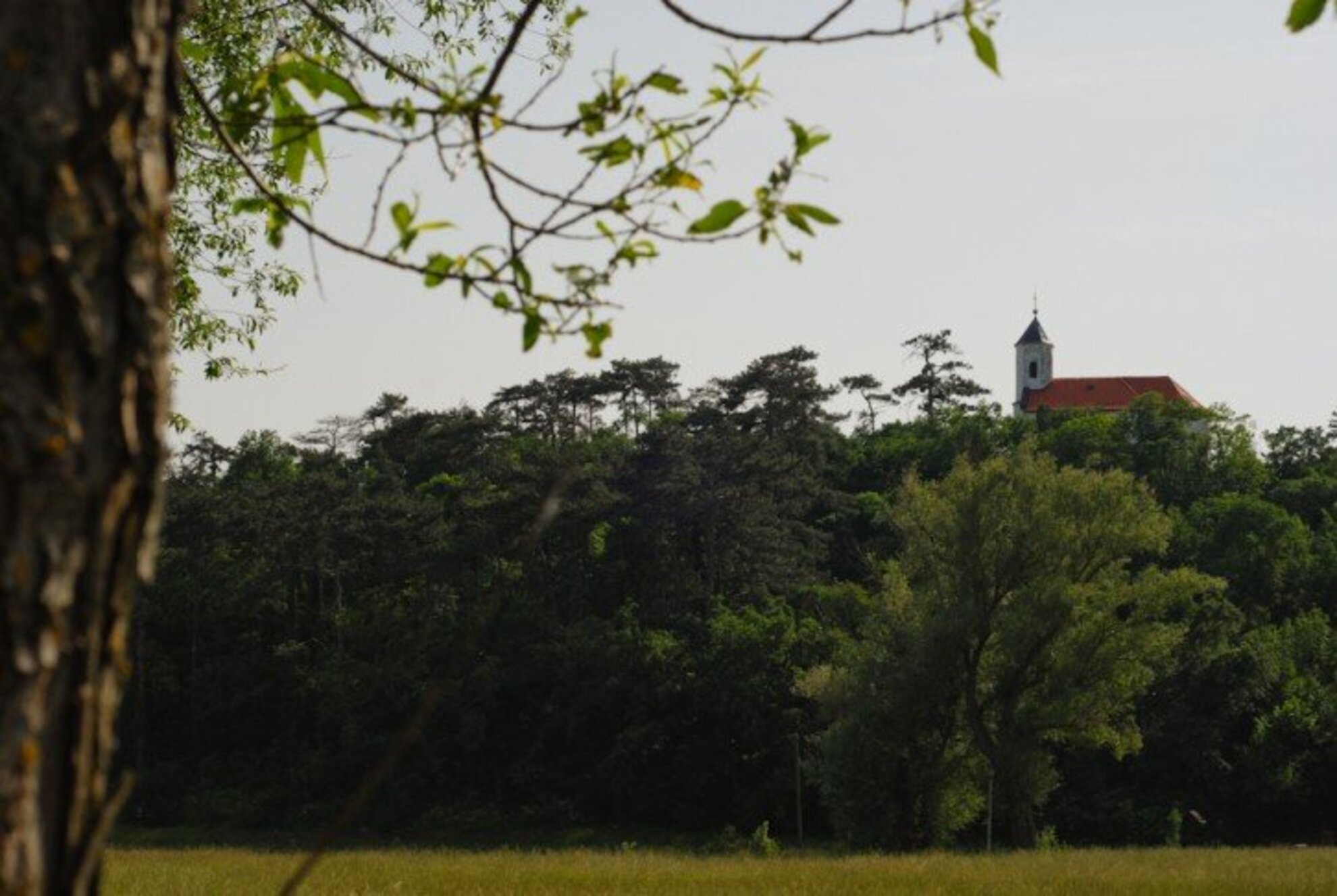
If arriving by car, leave Main Road 71 towards the Balatontourist Park Camping and the Szent Mihály Farmgate Market and Artisanal Fair by a narrow paved road which runs to the foot of the hill. The Balaton BIke Ring runs close to the railway tracks, and there are also several trails leading up to the chapel.

Iff you arrive by bike, leave the bike road at the Szent Mihály Market and pedal a few hundreds of metres towards the Szent Mihály-domb, until you reach the picnic grounds. From here, you'll only have to follow the signs to the attraction on the border between Balatongyörök and Vonyarcvashegy.
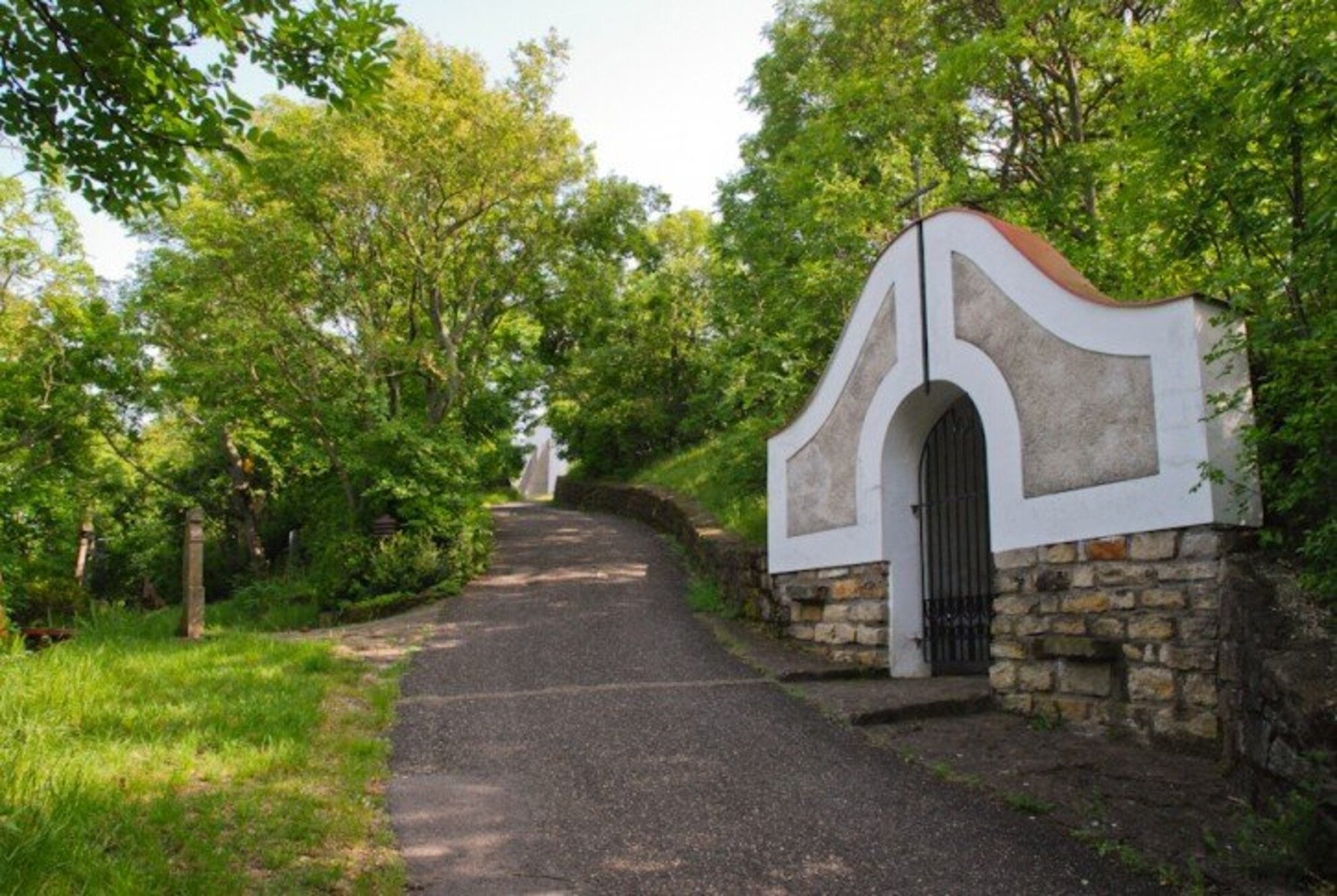
Even if you arrive by car or bike, it is worth the while to walk up the hill, because you can observe several rare plant and animal species in the rich vegetation of the forest. You can read about the local flora and fauna, and the history of the chapel on the signs along the road.

In clear weather, you can see the shore of Lake Balaton from Balatonberény to Keszthely, and you can also enjoy a panorama of the Keszthelyi-hegység and the monadnocks from any of the wooden benches below the pine trees.

The dolomite hill was once divided from the fields around by water: it was an island protruding from Lake Balaton. The slopes were already inhabited in the early Bronze Age; in the 16th century, a castle stood where now the chapel stands.

During the renovation of the chapel in 1946, the remains of Baroque frescos were discovered, which proved that the hill with a specacular view in all directions was already occupied by the same building in 1622.
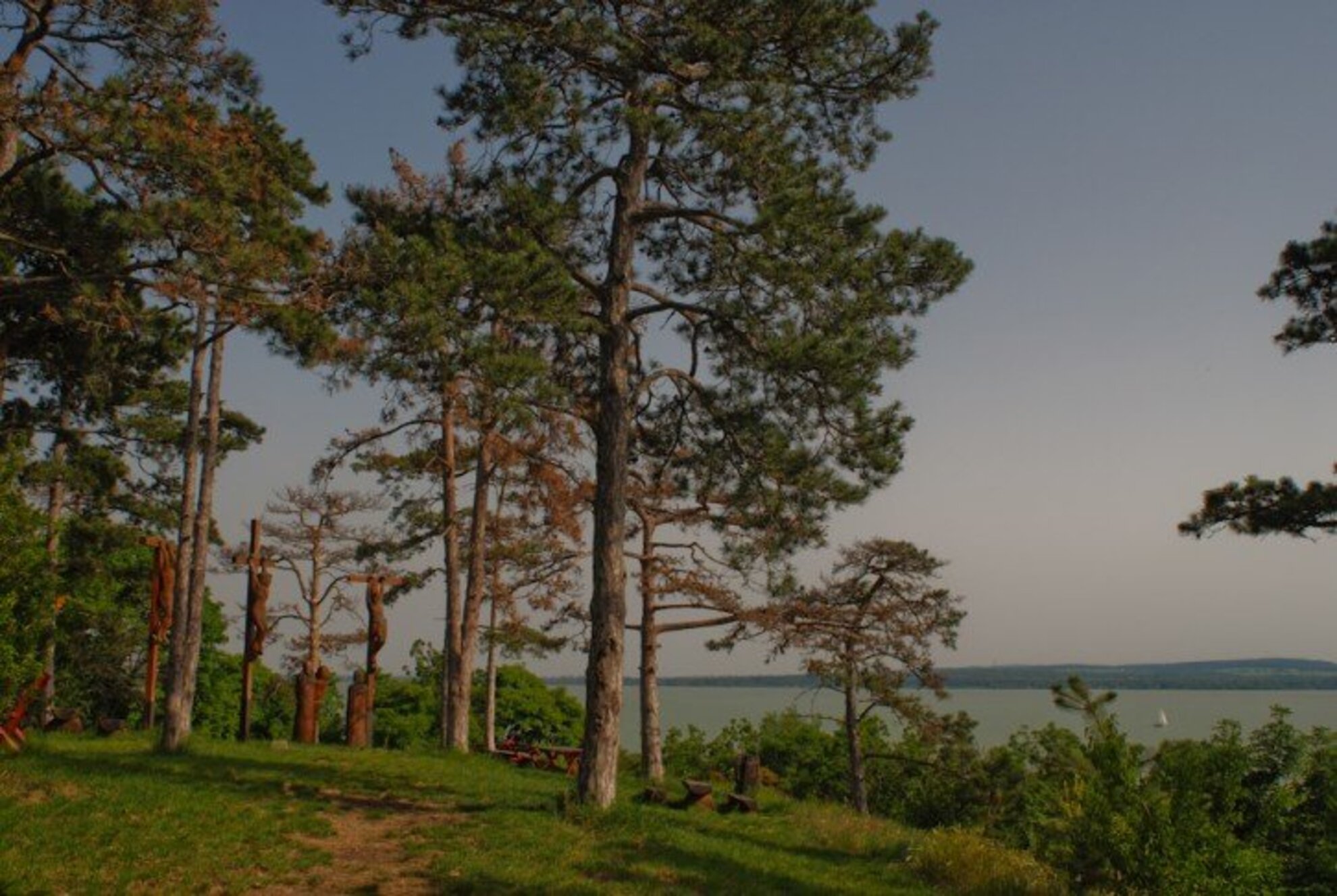
The year of the renovation was also marked by the disappearance of the original votive picture portraying people in distress on floating ice with the text '40 people escaped with the help of Our Lord from an ice float on 1739.'

According to the records from the period, 46 fishermen sailed out on the stormy winter Balaton, 6 of them drowned, but 40 survived. To their luck, the wind was blowing towards the shore, and they reached land atop an ice float.

As opposed to the popular belief, it was not them who raised the chapel, but - in gratitude - they had the story of their survival painted and the building renovated. Today, the copy of the original votive painting is exhibited here.
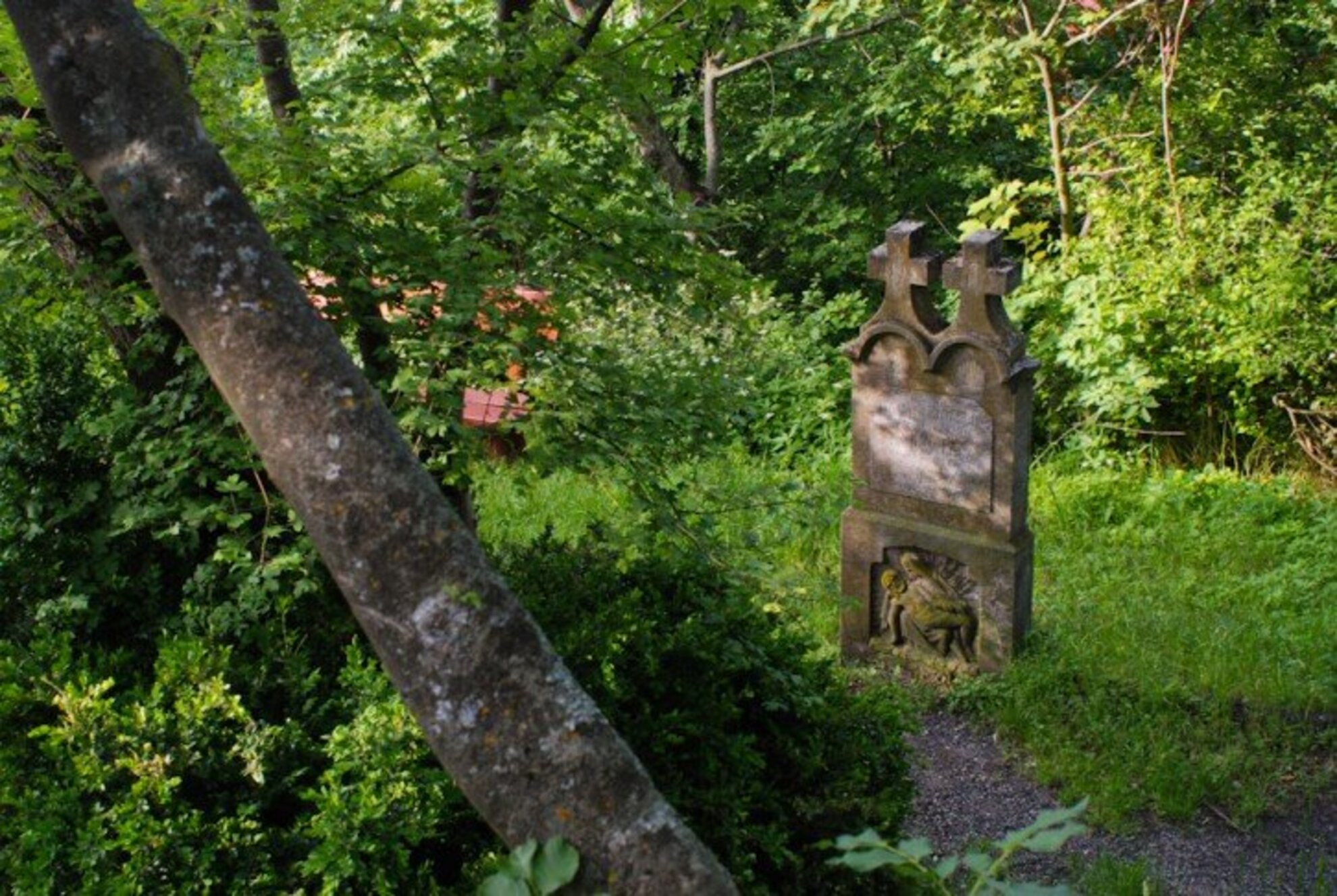
On the walk up the hill, the relief portraying the fishers in their struggle against the forces of nature is showcased in the renovated booth of the old mortuary.

Later, in 1776, hermits inhabited the caves of the hill. Their memory is preserved in the name "Remetekert" (Hermit's Garden) at the foot of the hill. The great adventurer of Balaton, Károly Eötvös, however, saw no sign of hermits in 1885

The cemetery of romantic air around the chapel was used by locals until the 1950ies.

Today, they pay hommage to the legend and the fishermen of old times and new each year in August.
